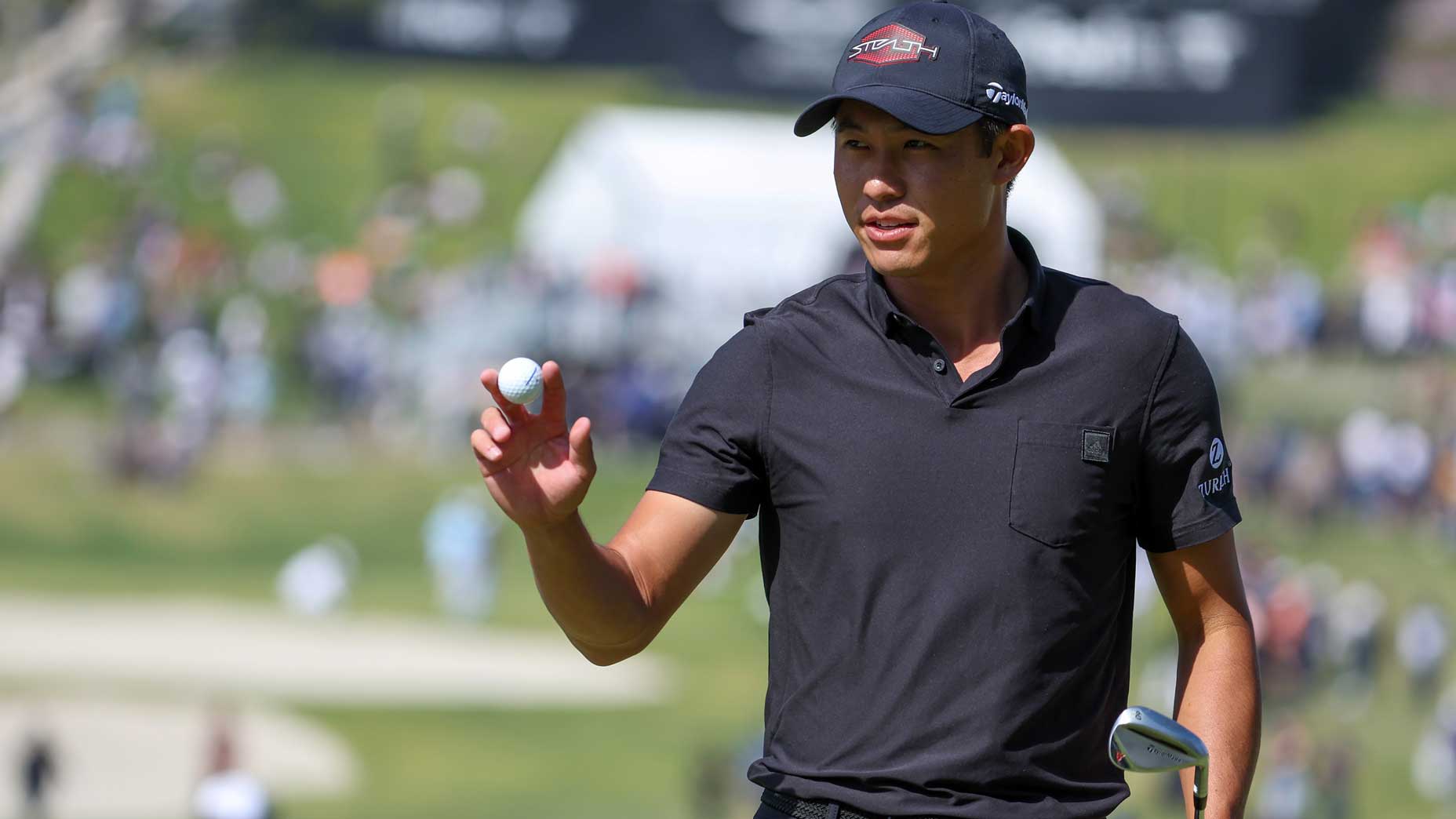PONTE VEDRA BEACH, Fla. – Despite criticism from some of the PGA Tour’s top players, commissioner Jay Monahan said that he is “really proud” of the Player Impact Program and that the initiative is working as intended.
The top 10 needle-movers were announced last week, with Tiger Woods overtaking Phil Mickelson to claim the $8 million first-place prize. The rest of the $40 million fund was distributed among Rory McIlroy, Jordan Spieth, Bryson DeChambeau, Justin Thomas, Dustin Johnson, Brooks Koepka, Jon Rahm and Bubba Watson, respectively. The bonus pool swells to $50 million this year.
“If you look out into the future, we want our athletes to be more ubiquitous in mainstream media, in the mainstream consciousness, and the way to do that is to get behind their Tour and continue to promote and build it,” Monahan said Tuesday at his annual news conference ahead of The Players Championship.
To Monahan, that was accomplished with the players who were identified through the program, a group that has combined for 231 PGA Tour wins, 39 majors and seven FedExCup titles in their careers.
“When you talk about having a positive impact on the game and you talk about legacy,” he said, “we’re rewarding the players that have had the most positive impact and have sustained that over a career and are contributing to the business in that year.”
Full-field scores from The Players Championship
Still, some of the top players – including reigning FedExCup champion Patrick Cantlay and world No. 2 Collin Morikawa – have criticized both the intentions of the program (incentivizing popularity instead of performance) and the metrics used to determine the top 10. Of the five determining factors, only one (Nielsen rating) is related to on-course play. Max Homa said “I hope they blow it up” after he didn’t even sniff the top 10 following a year in which he won twice and grew his cult-hero following on social media.
“Is it a perfect system? It’s the system that we’re going to go with through the end of 2022,” Monahan said. “We’ll reevaluate it at the end of the year. We think it’s working, but we’ll be open to taking a hard look and making adjustments that we think will further the program.”








